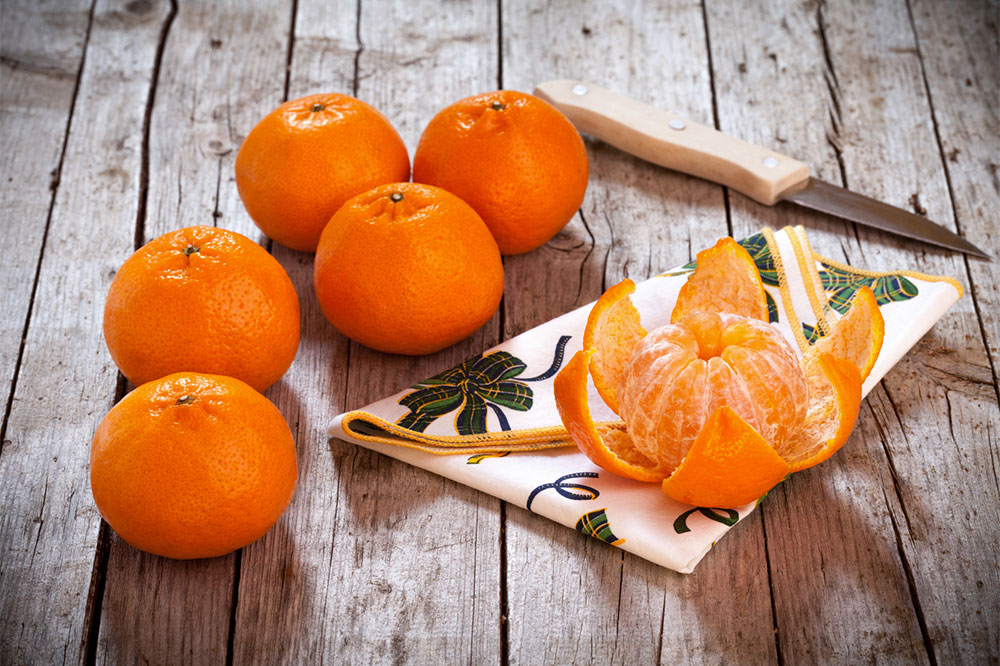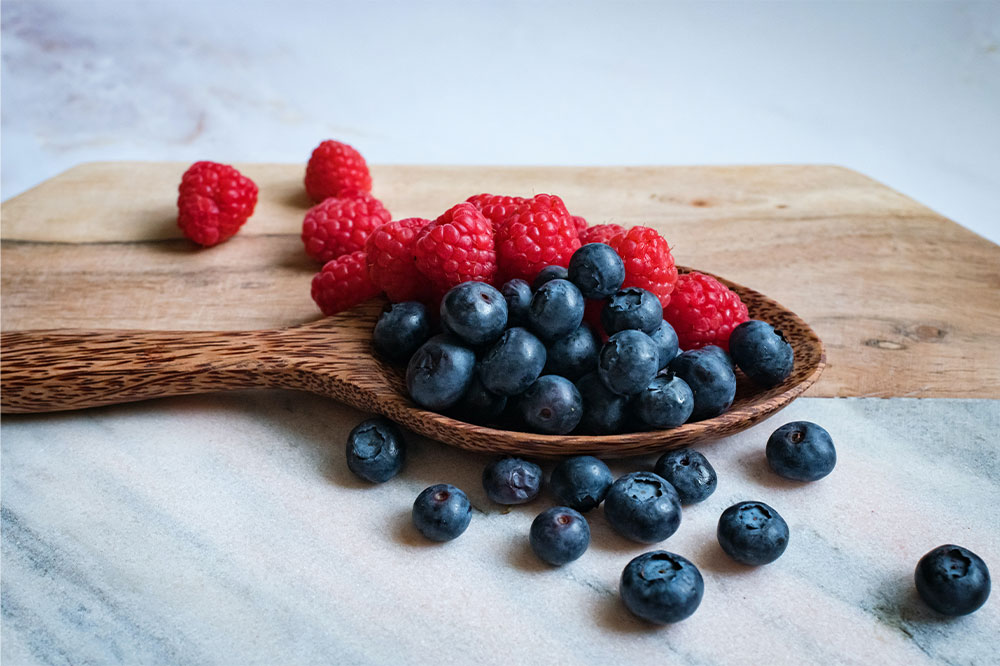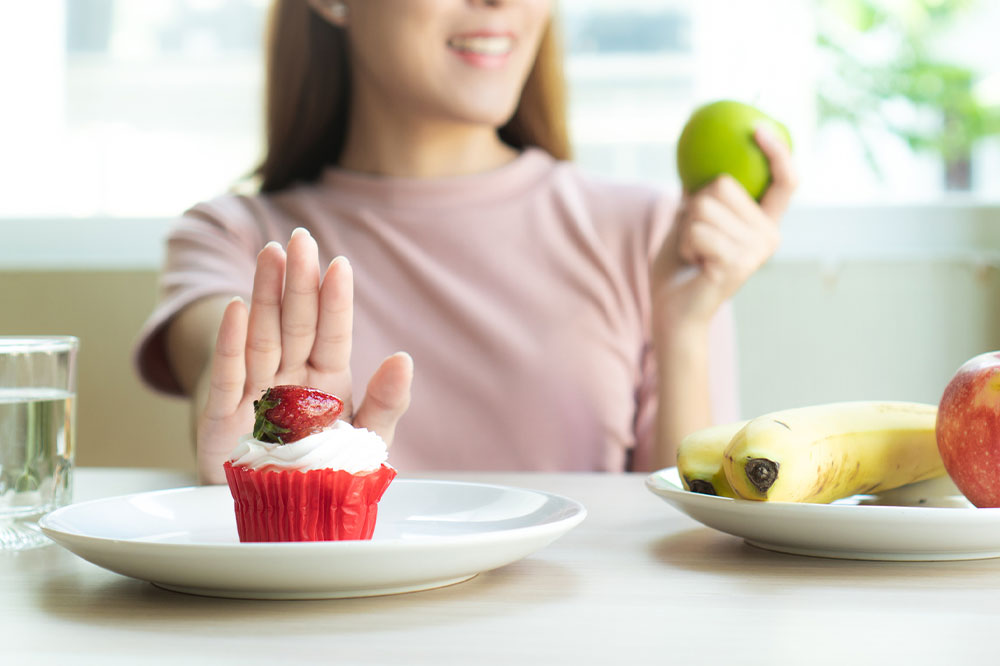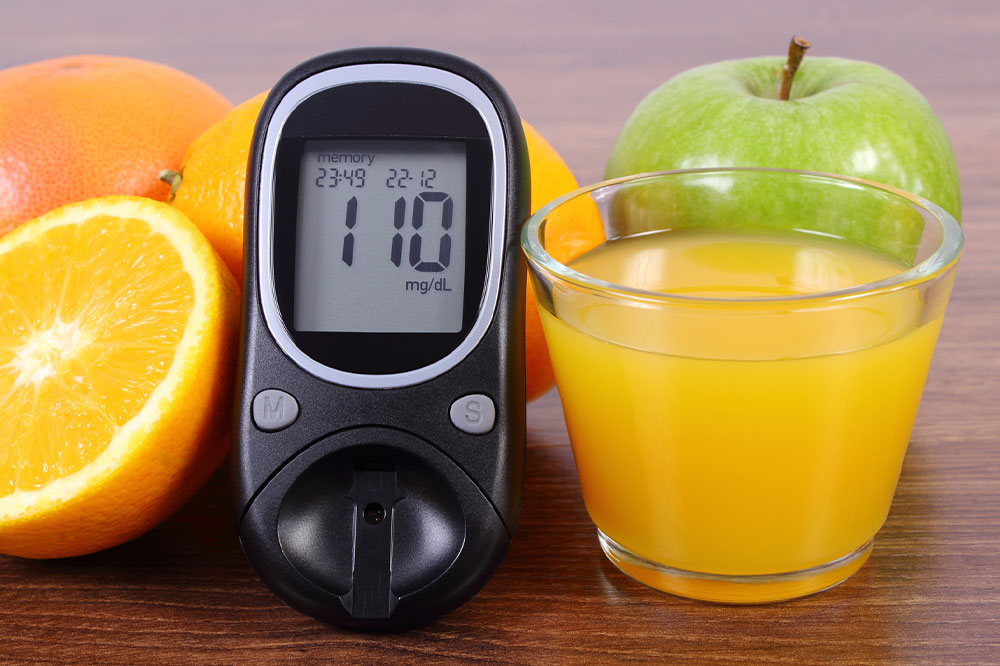Healthy Fruit Consumption Tips for Managing Diabetes
This article offers practical tips for diabetics to safely include fruits in their diet. It emphasizes low GI options, proper portions, and nutrient benefits while avoiding spikes in blood sugar. The guidance helps manage diabetes effectively through mindful fruit consumption, supporting overall health and immunity.

Smart Strategies for Eating Fruits with Diabetes
For individuals living with diabetes, there is often concern about consuming fruits due to their natural sugar content, mainly fructose, which can impact blood sugar levels. However, fruits are vital sources of essential nutrients that support immunity and overall health. The key is to incorporate them carefully into your diet. Here are some practical tips to enjoy fruits safely without adverse effects.
Impact of Fruits on Blood Glucose
Managing carbohydrate intake is crucial for diabetics because it directly influences blood sugar. Nutrition experts recommend consuming fruits with a low glycemic index (GI) to minimize spikes.

Low GI fruits cause a gradual rise in blood sugar, making them safer options. Controlling portion sizes helps track calorie and carbohydrate intake. Aim for servings that contain no more than 15 grams of carbs to prevent blood sugar surges, reduce cholesterol risk, and stay satiated throughout the day.
Daily Fruit Consumption Guidelines for Diabetics
Consuming too much fruit can cause blood sugar fluctuations, leading to health risks. Consider the following tips:
Portion sizes differ between dried and fresh fruits.
For example, a small fresh apple has similar carbs to two tablespoons of dried raisins.
Choose fresh or frozen fruits over processed or canned options, as they cause slower blood sugar increases.
Avoid excessive fruit juice intake if you're already consuming substantial fresh fruit servings. Juices lack fiber and can cause quick spikes.
Distribute fruit consumption across the day instead of eating large quantities at once to give the body time to process carbs.
Limit fruits like pineapples and watermelons that have higher GI values.
Recommended Low GI Fruits and Portions
These options offer excellent nutrition, strengthen immunity, and keep blood sugar stable.
Berries
Rich in vitamin C and antioxidants, berries like raspberries, blackberries, blueberries, and strawberries are low in GI. A cup of raspberries or blackberries provides about 15 grams of carbs, as does three-fourths of a cup of blueberries or a quarter cup of strawberries.
Cantaloupe and Honeydew
One cup of diced melon provides necessary carbs without causing glucose spikes.
Kiwi and Apricots
Two to four small kiwis or apricots are suitable choices to enrich your fruit intake.
Bananas and Mangoes
Half a banana or a third of a mango is appropriate daily. Adjust portions if consuming fruit juices.
Compact Fruits
Small apples, oranges, peaches, pears, plums, and tangerines can be included in moderation.
Grapes, Grapefruit, and Cherries
These fruits rank low on the GI scale and support immune health.
When selecting between fruit juice and fresh fruit, opt for fresh, as they retain higher fiber content, helping to lower cholesterol and cardiovascular risks commonly associated with diabetes.
Note:
This article provides general information about symptoms, treatments, and health conditions. It should not replace professional medical advice. Always consult qualified healthcare providers for personalized guidance.










